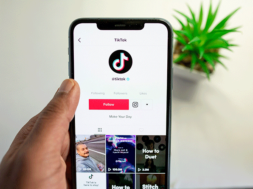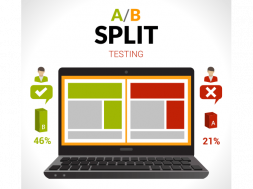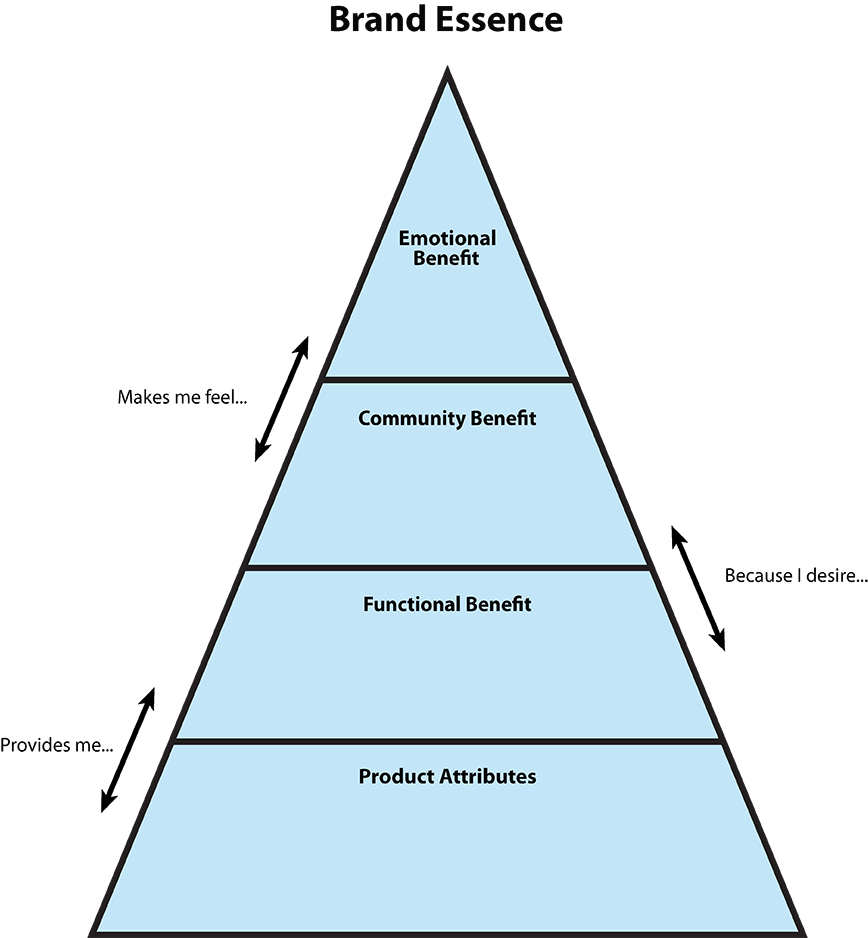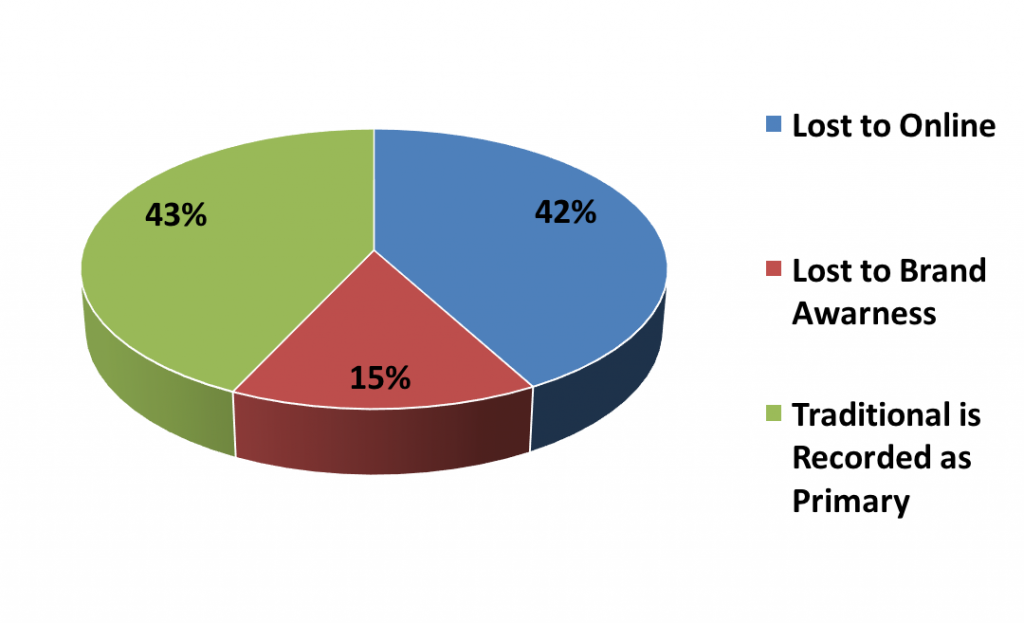
By Darryl Mattox, President/COO, Gragg Advertising
Has your school designed a digital experience that puts people first? Engaging your audience can be a challenging puzzle, but marketing can be something your prospective student wants. This article will explore how your brand can engage a new audience and refresh its online presence.
First, consider when is the last time you took a moment to understand and define your brand. Have you determined how you want your brand to be perceived? Your brand is a personality, an emotion, consumer understanding and perception – it is shaped by performance. Define your brand and what you want it to portray whether that is a chance at a new life, part of an exclusive group, or reliability.
Although most institutions rarely run research projects, it is important to understand the little things that impact your brand.
The research will unveil basic consumer information such as demographic, psychographic and sociographic data. You will also glean more specific insight on consumer perception, perceived product value, unique selling proposition and price point perceptions.
Before you conduct competitive research there are six best practices tips to keep in mind:
- Have specific goals.
- Run both quantitative (large number broad-based) and qualitative (focus groups) studies.
- Select samples that well represent the population.
- Match questions to concepts and your audience.
- Check quality at each stage.
- Implement quality control measures.
Separating your school from the competition
After you have solid research results, you can move onto identifying your brand essence. How is your school different or better? How does your pricing compare? Hopefully, there is a difference. If not you will have to outperform the competition.
Determining how you want your school to be perceived will help you to better understand your brand essence. Is it powerful, responsible, conscientious, smart or unique? The brand position needs to evoke a feeling with all of its copy, marketing and design. Cue these feelings not only with language but with colors and program design as well. Do not jeopardize the look and feel of your brand. It is as important as the message. Develop a standard guide for your marketing team to adhere to that includes acceptable typography, color palate and any supplementary graphics.
To help you get started with strategic branding, consider using the Brand Pyramid. Starting from the bottom, use this tool to set the strategic foundation of your brand. In the end, you will have one phrase or sentence to summarize your brand essence – why consumers should care about your brand. Once you build out this framework, it can easily be shared and communicated across your organization. Equipping your admissions team with this knowledge will help them better communicate the features, advantages and benefits of your school to prospective students.
When conveying your brand to the market, remember strategic messaging should maintain a consistent message and manage brand loyalty. Outline an internal, qualified data management strategy that is compliant along with the marketing touch strategies to contact existing qualified prospective students. Manage and clean your database monthly.
Because many of your school’s prospective students are millennials or Gen Z, it’s critical to know how to engage this group of digital natives. With 48 percent of consumers starting mobile research using a search engine1, do you know how your brand appears on those results? According to Salesforce data, 71 percent of marketers believe mobile marketing is core to their business. Ensure your brand message is delivered effectively on mobile platforms. Mobile impacts paid search, organic, social, web design and even forms of traditional media. Mobile ad conversions from paid search have increased 16 percent year-over-year.2
Social Media continues to be a hot topic in our sector. One element that not enough schools consider is calculating ROI. Is your school running Snapchat? If so what is your cost-per-start? While social media marketing is a very important component of a successful media strategy, it’s even more critical to have a solid foundation of effective marketing strategies.
Below, in order, are the essential building blocks Gragg Advertising recommends schools follow for a strong marketing mix that drives engagement:
- Referrals – These are the highest converting inquiry source in EDU.
- Website – This goes beyond design because pretty doesn’t necessarily produce profits.
- SEO – Optimizing is an ongoing strategy.
- Remarketing – You have qualified leads under your nose, sniff them out.
- Broadcast, cable & streaming – Viewer programming is still the best way to reach the mass audience.
- Pay-per-click – Use targeted keywords and phrases from your SEO strategy.
- Pay-per-lead – Develop standards for lead validity and have a good admissions process.
- PPL optimization – Implement an inquiry scoring approach to increase conversion.
- Social media – Gives weight to SEO and PPC efforts
While schools are eager to launch a Snapchat campaign, far too many are unable to report on their cost-per-start or cost-per-inquiry because they don’t track it through this channel. Considering it took Facebook eight years to see a return on their advertising platform, we believe Snapchat will eventually be able to show ROI for marketers, but it’s not there yet. As new media channels become available, remember to look at the direct ROI and what the attribution may be.
The more channels you can use to reach your audience the better. But make sure you understand each channel’s value to your bottom line. Your social media marketing should enhance, not sabotage, your overall marketing mix. For example, if you have a social program but lack optimized landing pages on a user-friendly website, then you’re throwing away money. Figuring out how to measure each channel’s impact on your marketing is key.
Budgeting for branding in a direct response world
Define targeted media for direct response or immediate action. Leverage broad-based media channels for branding. Traditional media plays a strong role in driving traffic and broadening awareness. You can understand and track attribution through a variety of methods including utilization of dedicated phone lines for each media source. According to a recent Gragg Advertising study, 57 percent of traditional leads generated by schools are not attributed to the originating source. The following image illustrates the attribution effect across channels.
This data was analyzed over a 24 month period and across 38 campuses. Gragg recommends using a variety of media to reach new audiences while maintaining a presence with existing audiences. As a rule of thumb, while running a direct response strategy, allocate 10-20 percent of your budget to branding and broad-based media.
As you get prospective students interacting with your brand, remember that your website is your online lobby. Provide a welcoming, engaging and intuitive experience for all visitors – one that tells them who you are, but in a way that makes them want to learn more. Ensure your website is responsively built. Remember that pretty doesn’t necessarily produce profits. Every page, every blog post, and every single facet of your website should include at least one simple way for visitors to provide their contact information.
Successful marketing is no longer predicated on interruptions or buying power dictated by large budgets and purchased views. Consult with your marketing team to further analyze strategies behind your school’s branding, website design and digital marketing that work. Remember, effective direct response marketing goes beyond ROI, it moves your audience to get involved.
Resources
- Google/Nielson Mobile Path to Purchase Custom Study, Nov 2013
- Marin Software’s The Q3 2014 Performance Marketer’s Benchmark Report
DARRYL MATTOX is one of the most trusted leaders in direct response marketing, with over two decades of experience. As President/COO of Gragg Advertising, a Premier Google Partner, he is driven to help brands play useful, positive roles in their customers’ lives.
Under Darryl’s leadership the agency was honored among Kansas City’s Best Advertising Agencies in 2015 and recognized by Forbes as one of the world’s “Top 100 Agencies that Know Social Media and Google.” Darryl continues to propel Gragg Advertising and its clients to the next level.
Technology is the center of this agency and Darryl knows it’s what has made a difference for his clients – helping them experience a strong return on their investment. Committed to the growth of the industry, agency and its clients, his team offers free educational webinars and provides continued learning opportunities to businesses in the Kansas City area and beyond.
Contact Information: Darryl Mattox // President/COO // Gragg Advertising // 816-931-0050 // dmattox@graggadv.com // www.graggadv.com // Social Media: @GoWithGragg













